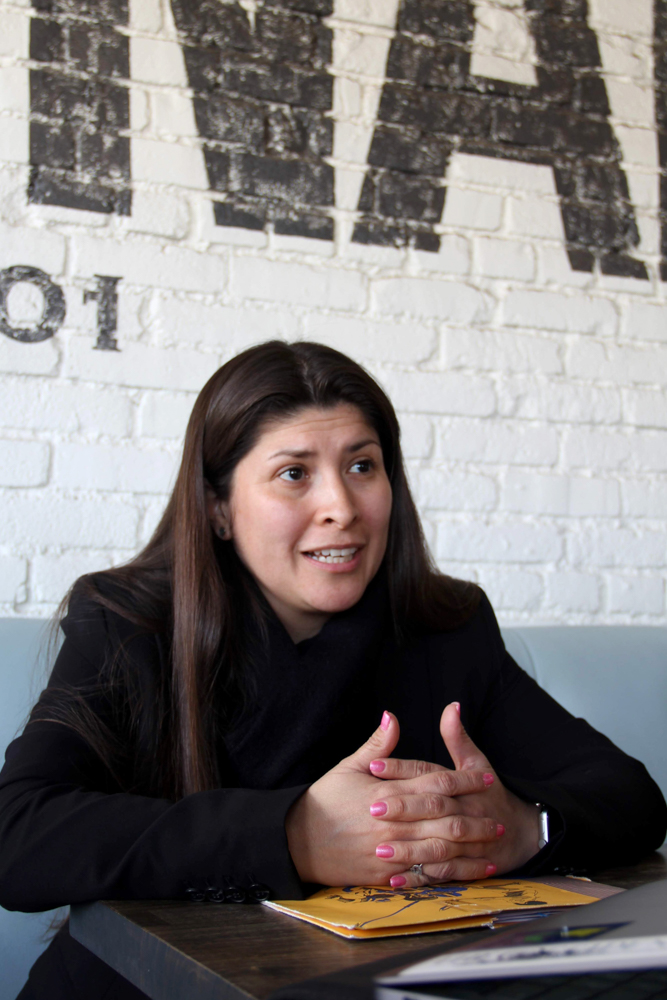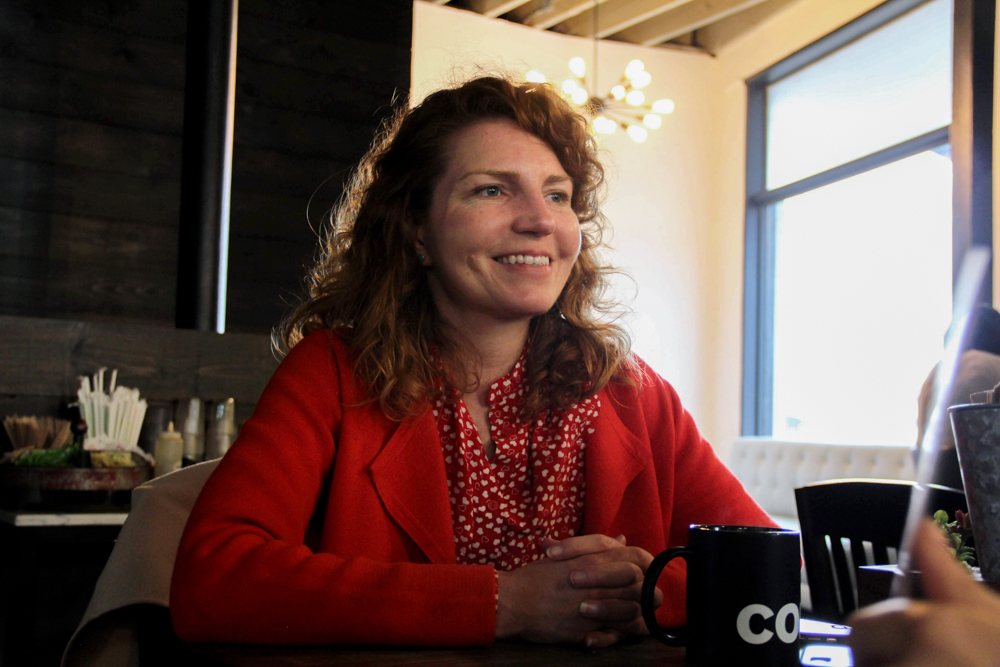
After the resignation of former school board member Ref Rodriguez July 23, 2018, the Los Angeles Unified School District (LAUSD) District 5 board seat was left open, leaving over 100,000 students unrepresented. The election to fill the open position will take place March 5, 2019. LAUSD District 5, which includes Eagle Rock and other surrounding neighborhoods, contains over 180 schools. The official elected to fill Rodriguez’s vacated spot would be representing a large and diverse constituency as well as serving on the board to form policy for LAUSD at large, the second biggest school district in the United States.
LAUSD is mainly divided among two factions, the California Charter School Association (CCSA) and United Teachers Los Angeles (UTLA). Currently, the LAUSD board is divided down the middle with three members being pro-charter schools and three members being pro-public schools.
The candidates running for the open school board seat are Heather Repenning, Allison Greenwood Bajracharya, Graciela Ortiz, Jackie Goldberg, Ana Cubas, Cynthia Gonzalez, David Valdez, Salvador Sanchez, Nestor Enrique Valencia and Rocio Rivez.
Many of the candidates remain ambiguous about whether they are pro-charter or pro-public. However, Greenwood Bajracharya and Cubas are notably pro-charter and Goldberg is openly pro-public.
Because there are ten candidates for the seat, it is likely that no one will obtain over 50 percent of the vote. A lack of a majority winner would launch the election into a runoff between the two candidates with the most votes in mid-May.
Greenwood Bajracharya said that this election is unique because the District 5 board seat is the only referendum on the ballot.
“I call it a ‘special, special election’ because it’s a special election in and of itself, but there is nothing else on the ballot so it’s ‘special, special,’” Greenwood Bajracharya said.
LAUSD covers 960 square miles and contains over 1,000 public schools and over 200 independently-operated charter schools. The district has a budget of $7.59 billion. Monica Garcia, the LAUSD school board president, said the leadership strategy for a district of this size involves understanding the community and its nuances.
“It’s about personalization and decentralization,” Garcia said.
Repenning said it is important for a school district to have someone accountable and advocating for them.
“The good thing about elected officials is that they’re accountable to voters,” Repenning said. “You can have bureaucrats even at the top that aren’t accountable to voters in the same way. You’re missing that person there who, in a way, has to listen to the community.”
With the District 5 seat vacancy, the board is left with six members who stand evenly divided on a number of issues. According to candidate Graciela Ortiz, the tension on the board can sometimes promote an adversarial mentalityamong board members.
“What I would like to see from the board is being able to start working together, and I think it’s changing the concept of it’s us-versus-them, or three-against-three, or four-against-two,” Ortiz said.
Candidates Ortiz and Repenning highlighted some difficulties the board faces. Ortiz spoke to the problems of allocating funding based on attendance numbers without examining all of the social nuances.
“Now, everything is geared toward attendance. If you have good attendance rates, then you get more money into that particular school,” Ortiz said. “At the end of the day, what ends up happening is that we are not addressing social issues.”
Repenning also took issue with the focus on numbers, specifically related to the grading system.

“They’ve raised the bar and introduced something called the A–G curriculum. There‘s always a tension in big urban school districts between asking more if you know that your graduation rate is going to go down,” Repenning said. “So there is more work to be done there. Like right now, a D is considered passing, so a lot of people would actually like to change that so that a D is not a passing grade, but then you’re gonna lose kids.”
Beyond the split school board, Ortiz said progress is often slowed because of bureaucratic issues. She defined what causes this red tape and described other issues that halt progress in the district.
“One, it’s bureaucratic stuff that is difficult to get through and two, the concept of, ‘Oh, we are gonna get sued if something happens.’ Well — if we always lived in that fear that somethings gonna happen, we wouldn’t get anything done,” Ortiz said. “So the bureaucracy of how huge the district is does affect decision making that way.”
Garcia, the school board president, said that in her time working in LAUSD, she has seen the district, as a whole, move in a positive direction. She said she hopes that it continues to do so after the election.
“We lived a period where we were focused on switching from a system that serves some to a system that served all,” Garcia said.
![]()


































